Sometimes called thanatourism or black tourism, so called dark tourism is on the rise. From concentration camps to disaster sites, the question arises: is dark tourism ethical?
Trigger warning: this blog post discusses subjects which some may find distressing.
Is Dark Tourism Ethical?
Few things compare to the sticky, raised purple of clumped blood on a wall. A bulge of matted hair. Battered shoes. A space.
I think we all can remember that moment, one shared but alone. That moment when innocence ends, in a way that can never be regained.
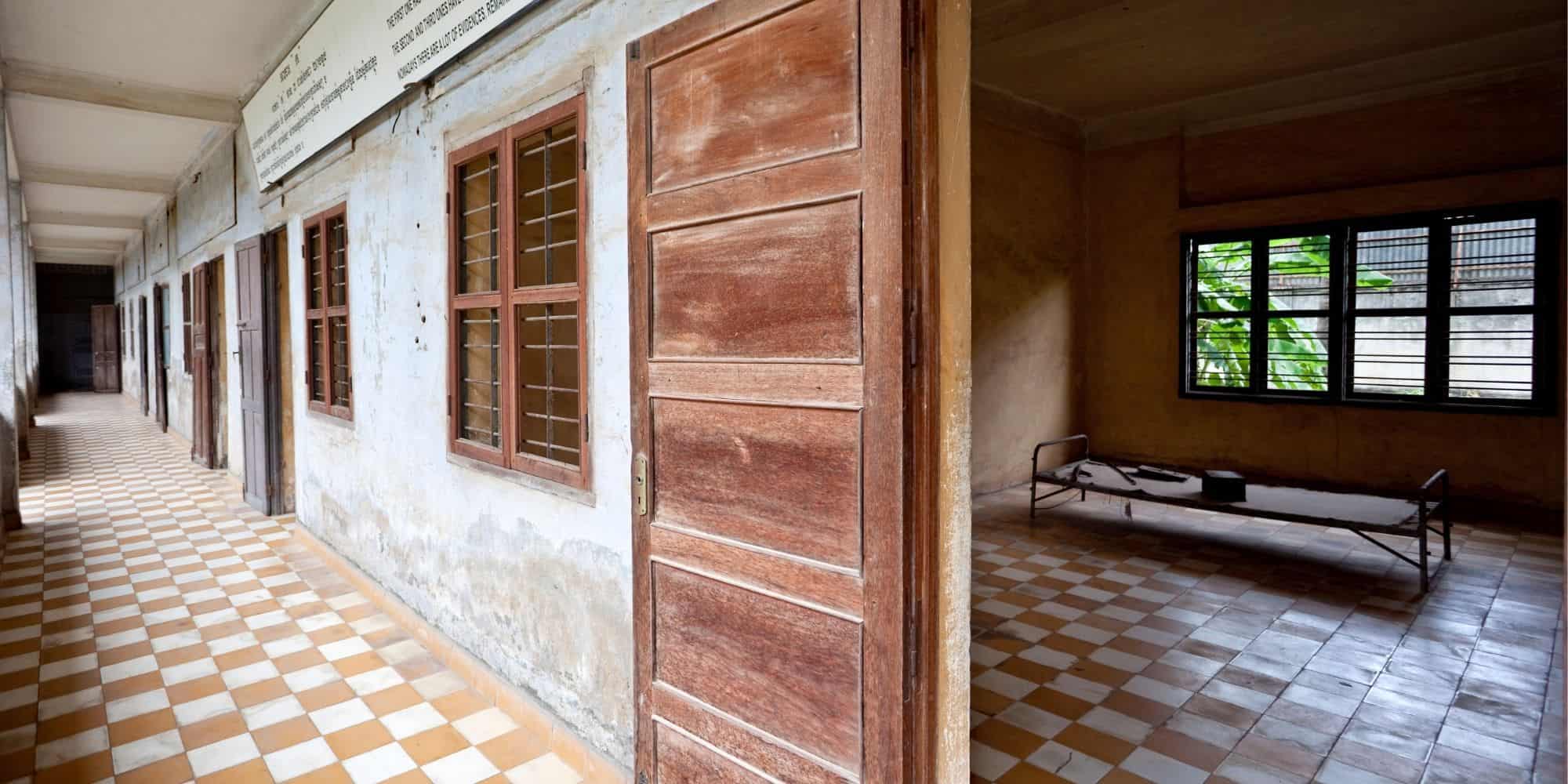
The Killing Fields of Cambodia
For me (trigger warning), this moment came in a school near the Killing Fields in Cambodia. We stood by a cauldron, with a chain overhead. The nearby illustration showed a woman hung from this chain, dipping in and out of this boiling cauldron, her breasts sliced off already. The sight of blood on the wall.
Things got worse from there. The video of a guard laughing as he described smashing babies against a tree until their skulls smashed. Then flinging them into a mass grave, maybe dead, maybe alive.
Then the words: most guards escaped justice and some took on prominent positions in the country.
And most destabilising of all? That this had taken place so recently. Not centuries ago, in a time far away, but virtually within my lifetime, in 1975.
And until I had travelled to Cambodia, I had never heard of it.
They say that travel changes you. They don’t always point out how.
Powerful Dark Tourism Examples
- The Whitney Plantation – a powerful look at slavery on Louisiana’s Great River Road.
- Chernobyl – consider a tour of the Chernobyl site to discover more.
- The Killing Fields – a complex of memorials in Cambodia near Phnom Penh. Deeply disturbing and graphic.
- Robben Island – Nelson Mandela’s prison cell in Cape Town.
- Hiroshima and Nagasaki – both take a profound look at how conflict escalates and the power of forgiveness.
- The KGB HQ in Riga – depicts how much suffering was hidden during daily life under the Soviet regime.
- The House of Anne Frank – the rooms are as she described them. Obvious, yes, but so powerful.
- Ground Zero – the monument is respectful. Bear in mind that in the museum, you will hear the 911 calls of those trapped in the buildings.
- The 16th Street Baptist Church in Birmingham, Alabama – a testament to the hatred of the KKK who killed four children here. A stepping stone in understanding US racial history.
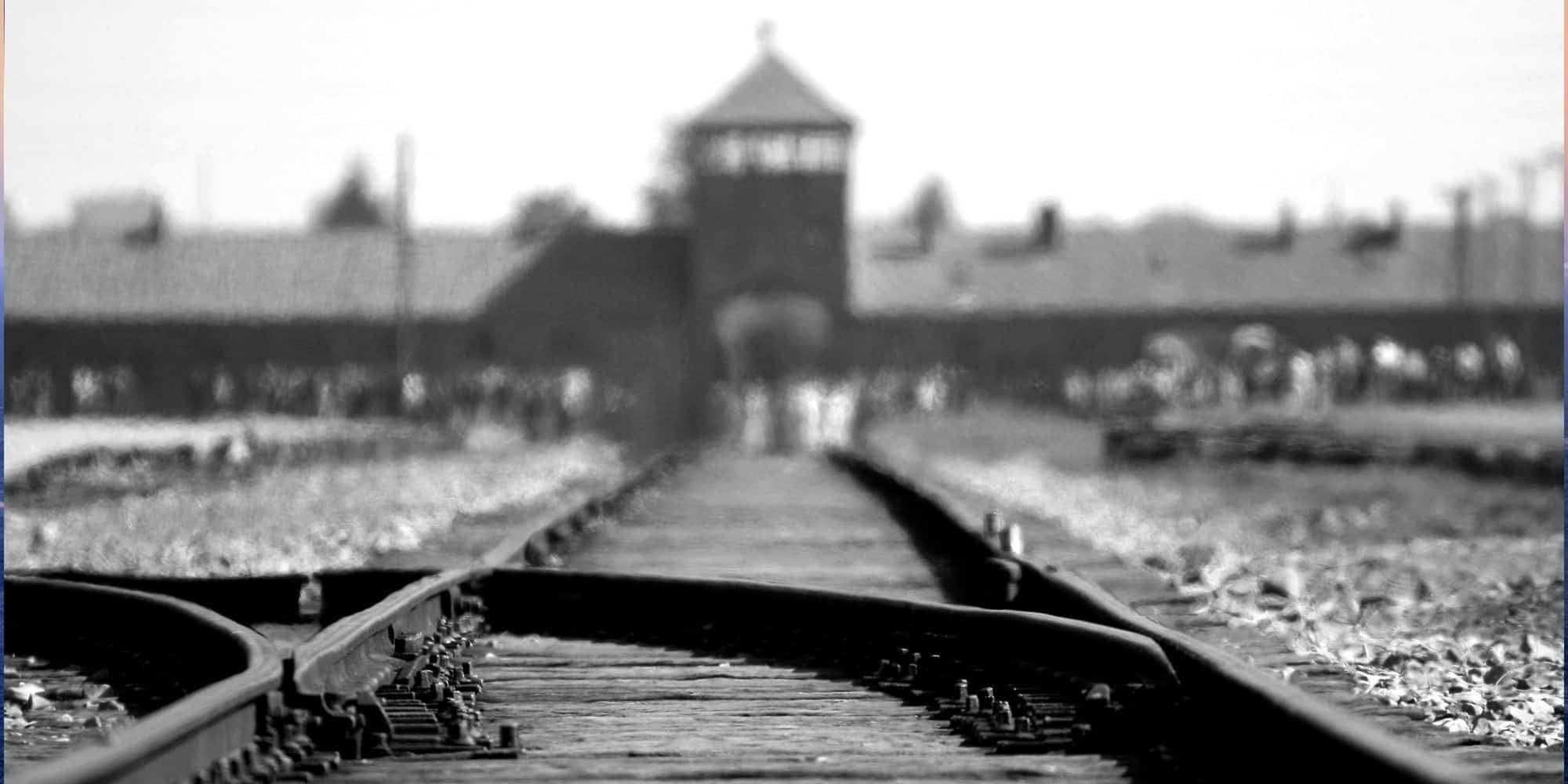
What is Dark Tourism?
Sometimes called grief tourism or disaster tourism, dark tourism generally involves visiting locations associated with death and suffering.
More recently, the term has begun to refer to the intentions and motivations of the tourist.
And it’s hardly niche. Pre-pandemic, more than 120,000 people visited the Chernobyl Nuclear Power Plant. Two point one million people visited Auschwitz in 2018 and more than 3.2 million people visited the Ground Zero memorial in New York. Covid aside, these statistics were increasing year on year.
Dr Philip Stone, executive director of the Institute for Dark Tourism Research at the University of Central Lancashire, describes it as the “commercialisation of death.”
Given that definition, it seems almost asinine to ask the question is dark tourism ethical? For if the answer is an industry constructed solely to profit from someone’s untimely death, the answer can only be no, it is not ethical. How can it be answered any other way?
Is Dark Tourism Good or Bad?
But I don’t agree with that definition – and I’m not alone.
For me, dark tourism involves visiting a place which, yes, is undeniably connected with death and suffering. But I go there to gain a greater understanding of how the world works and to pay my respects to the brothers and sisters who suffered before.
Allow me to explain.
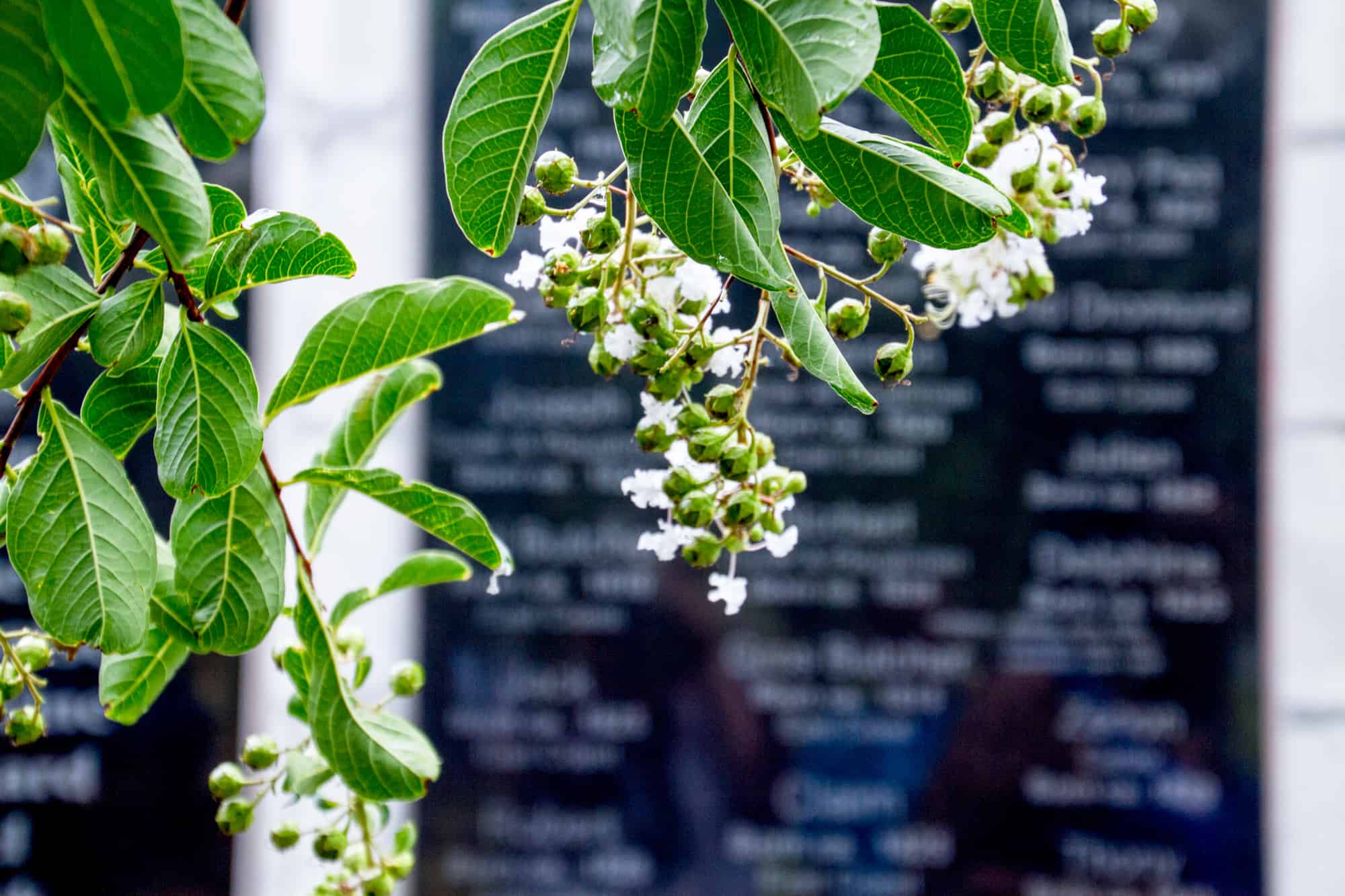
The Benefits of Dark Tourism
Across all corners of the world and all recorded time, human beings have created rituals and symbols to mourn the dead. From building pyramids to lighting candles, the details may have changed but the process remains the same.
A Ritual of Respect
It is the most human of behaviours to wish to visit a site to pay your respects. To have a memorial and, where possible, a recorded name. We have individual tombstones and named cenotaphs. Holocaust memorials and, at the Whitney Plantation in Louisiana, a painstaking effort to name those people who died on the land as slaves.
Where names are unknown, we find symbols like the Tomb of the Unknown Soldier where a flame burns beneath the Arc de Triomphe.
Grief counselling encourages such rites on an individual level. When the suffering, albeit of strangers, took place on such a vast and barbaric scale, does the world not require the same?
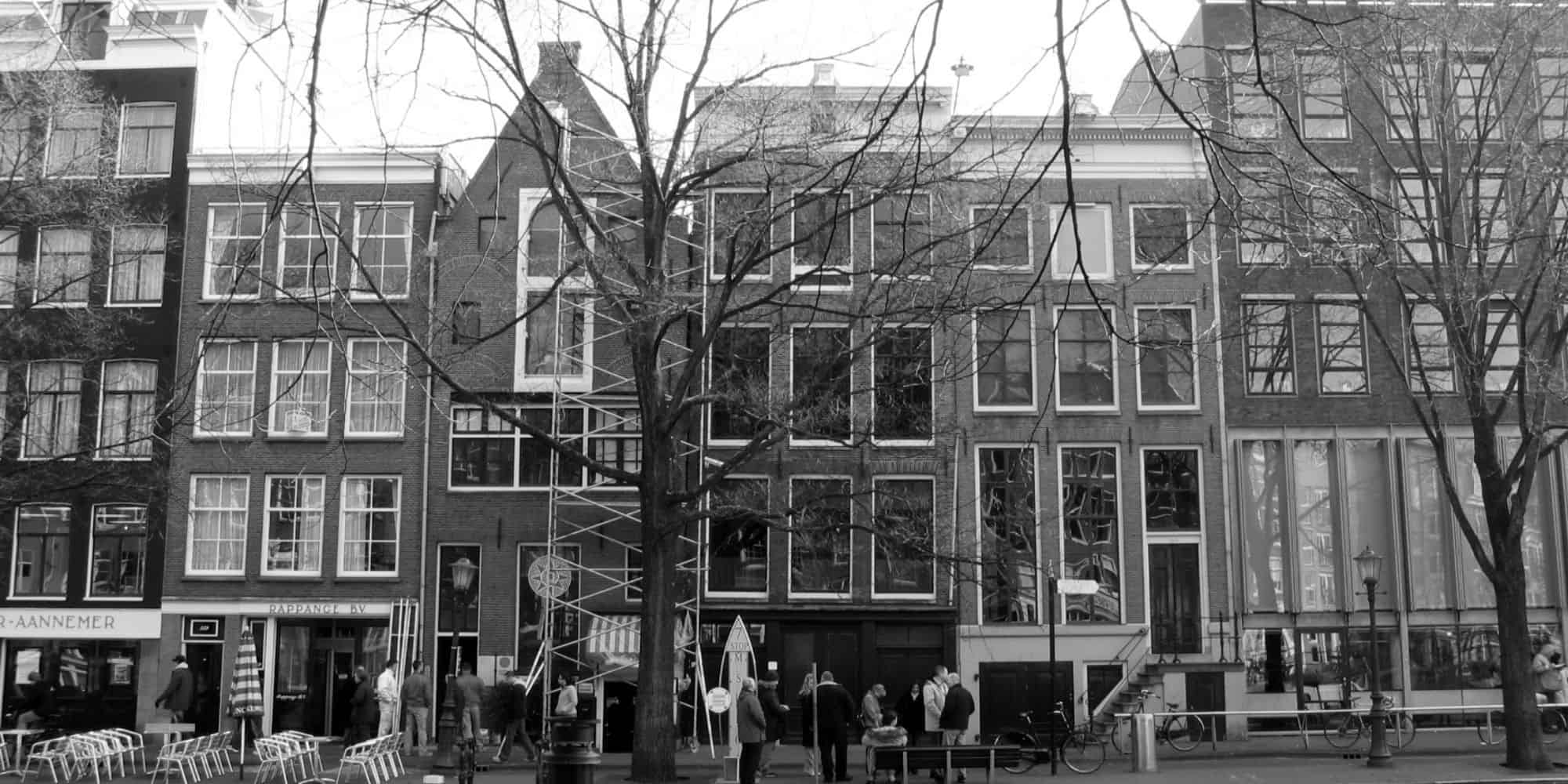
Education
It’s a question that bubbles up whenever I travel. Does it make a difference to stand on the ground where something took place?
Like many, I read the diary of Anne Frank at school. I read about her frustration, her boredom, the claustrophobia of her captivity. The life and the plan that, in the end, was futile. Did I really need to stand in her house and climb those steep stairs?
In the same school, we studied the atom bomb drops on Hiroshima and Nagasaki. What difference would it make to go there, to see the twisted, damaged metal?
Well, and I can only speak for myself on this subject, for me, plenty. Anne Frank’s house made her life seem more real, the betrayal more severe. Hiroshima and Nagasaki taught me not only the history of the past but also the courageous momentum to look inside and heal.
Visiting Auschwitz and the sheer scale of the Nuremberg Rally Grounds gave a different message: that things had been even bigger and even worse than those history books could convey.
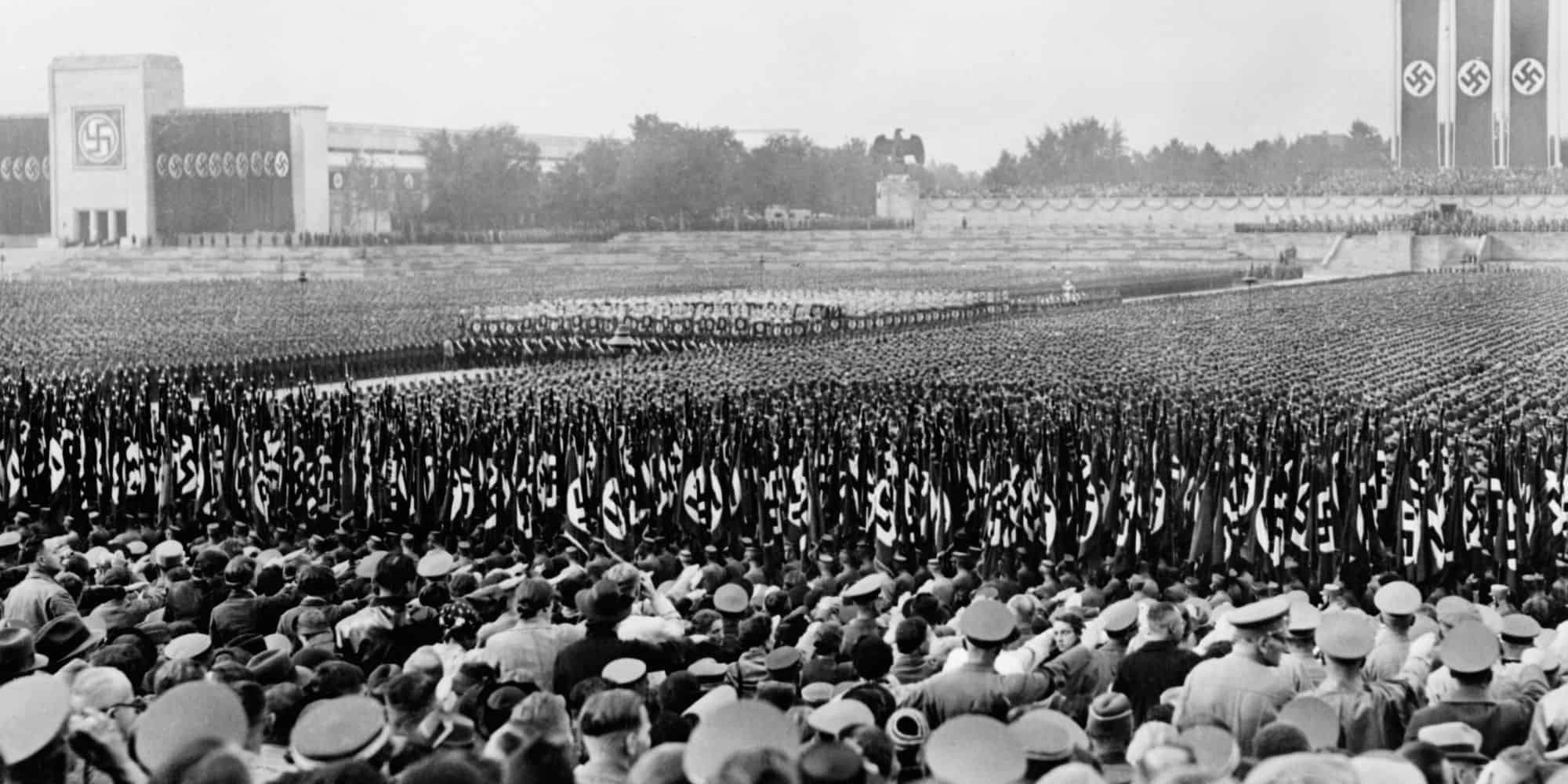
Another Side of Dark Tourism
Not that every aspect of dark tourism had such a profound impact. I trudged through slush, ice and snow to reach the Krakow camp shown in Schindler’s list. I arrived, simply wet and cold, to find a muddy piece of earth with no mention of what happened, a woman walking her dog and a few chain stores side by side, the odd car trundling past.
What, I asked myself, was I looking for, anyway? What did I hope to uncover? Did I hope that if I looked hard enough, I could find the key to turn back time and stop it all from happening?
What was the real purpose of my visit there that day?
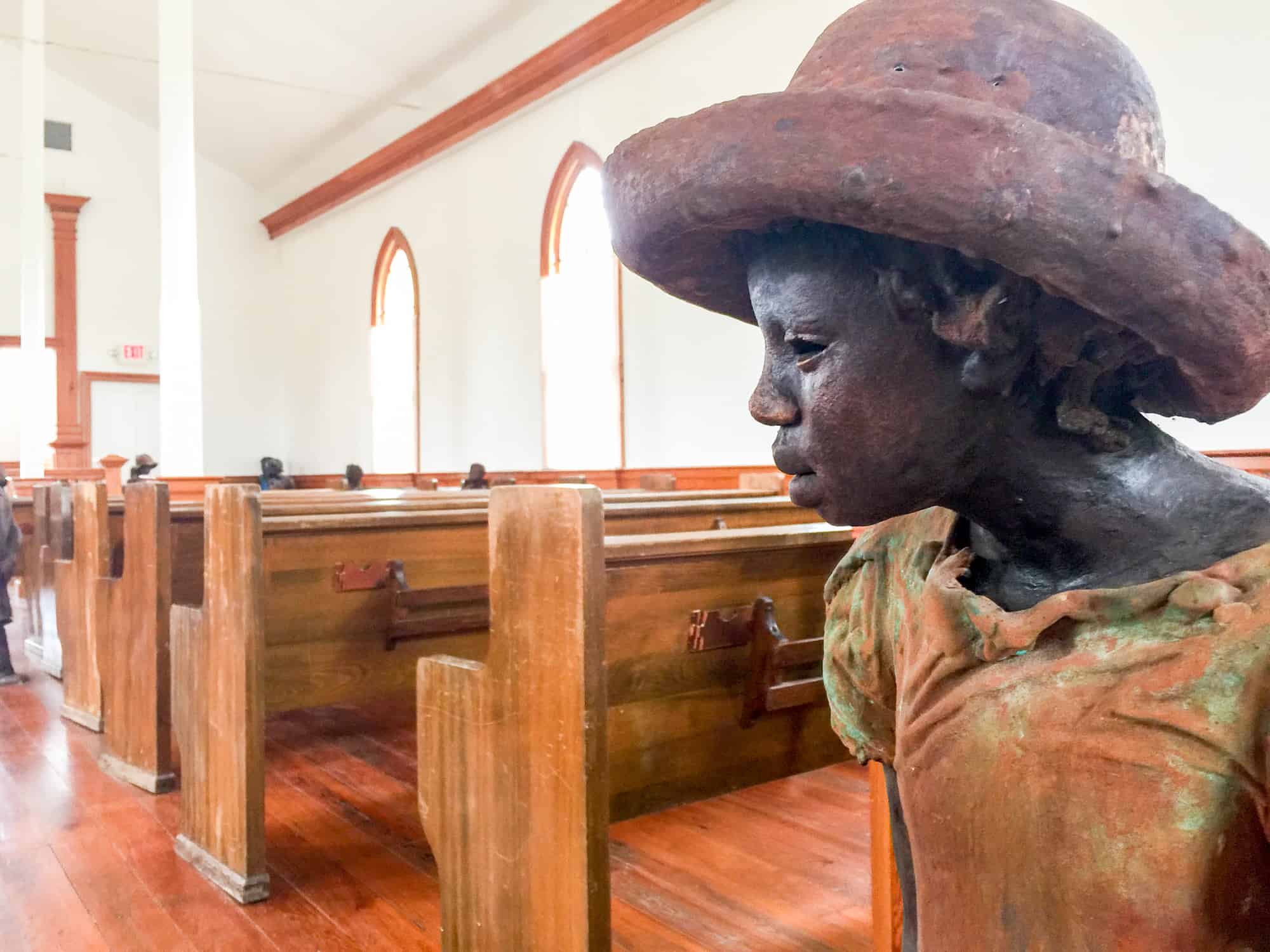
Is Dark Tourism Voyeuristic?
And then, of course, there is Jean Paul Sartre’s definition of hell: other people.
I’m not alone in feeling disconcerted by other people’s behaviour at dark tourism and disaster sites. The giggling teens on a school trip at Auschwitz. The unwelcome camera slung into the face of a mother in her own home on a so called “slum tour.”
At what point does dark tourism descend into voyeurism?
Dark Tourism Controversies
And what of those who get a thrill not a shudder when they visit places of violence? What, if anything, can and should be done to manage that?
Does the emotional response of visitors matter? Who am I to want people behave a certain way or feel a certain way? Who are any of us? Is there one and only one way to grieve?
What about profit and commercialisation? The idea that someone accumulates wealth from someone else’s suffering seems appalling. But then, should we really expect people to work for free? And, by that logic, is it ethical for doctors and nurses to earn a living?
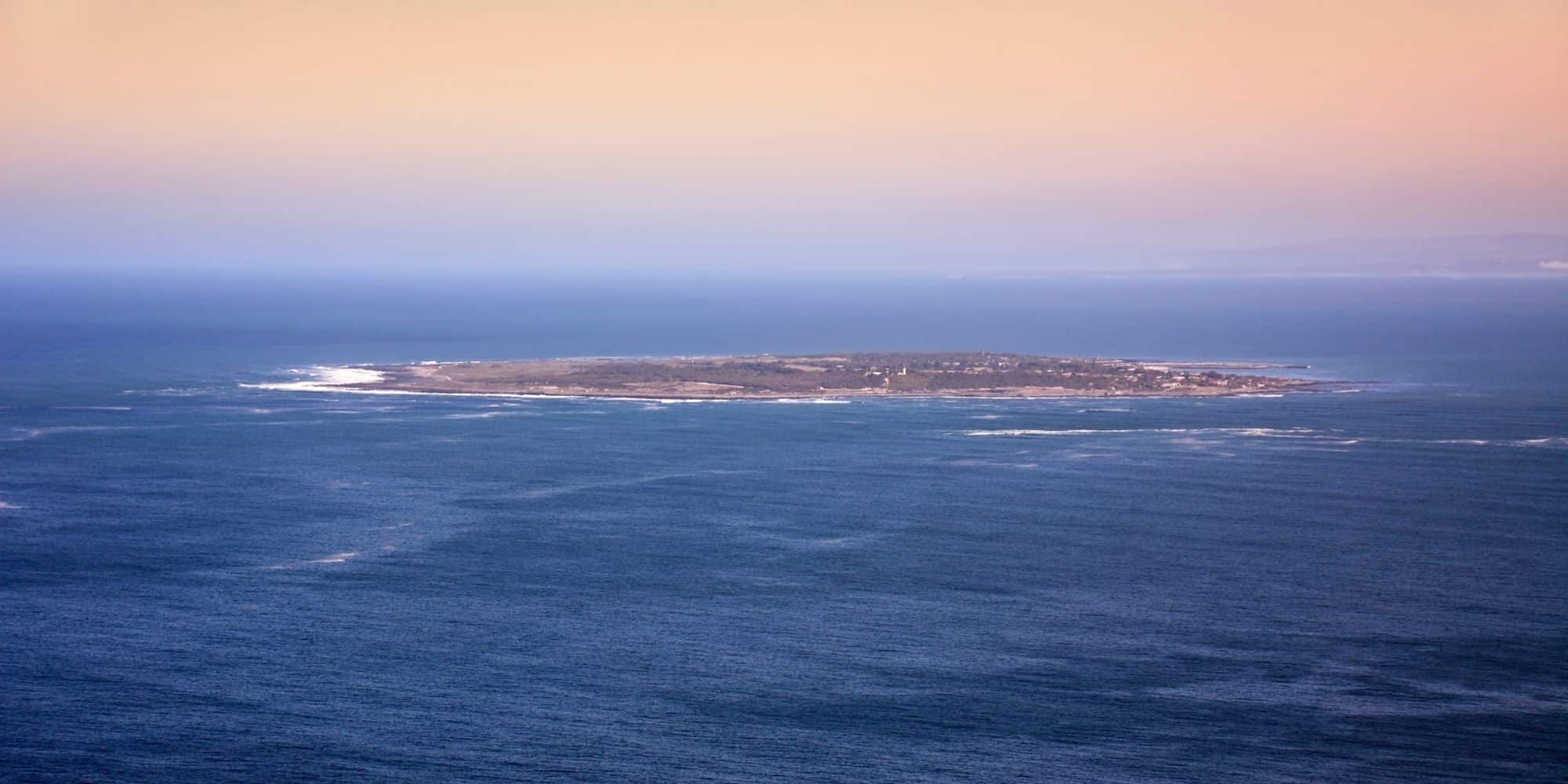
How Can We Understand if We Only Know Half the Story?
Dark tourism is a controversial subject with no easy answers and a labyrinth of emotion along the way.
But there is another way of looking at the problem when we ask ourselves about the ethics of dark tourism.
How can you understand a place if you only know the good parts?
If you visit the Deep South and only sip mint juleps at plantation homes? Or travel to Cape Town and only climb Table Mountain.
What happens if you visit Cambodia but only spend your time, and your thoughts, sinking your toes into the golden white sand?
When Does Dark Tourism Need to Move On?
The balance of history vs progress is always in flux. And at some point, we must balance remembrance with a need to move on, to redefine a place or a people and to learn to live again.
And this thought takes me back to those Nuremberg rally grounds.
Just outside the detailed museum, the rally grounds continue.
I found myself there at sunset, lost with an equally bewildered American couple, a guidebook and a look of confusion.
Were we in the right place?
Where we stood, we saw lovers kissing. Teens played music, kids scooted and, once again, people were walking their dogs.
Nuremberg, a city with one of the most famous dark histories in the world has made two decisions. Part one is to preserve part of the grounds to catalogue the horror. The aim is to ensure that education in this way will prevent something this awful from ever happening again.
And part two is to declare victory over violence. And to turn over some part of those Nuremberg rally grounds to become a citizen’s park.
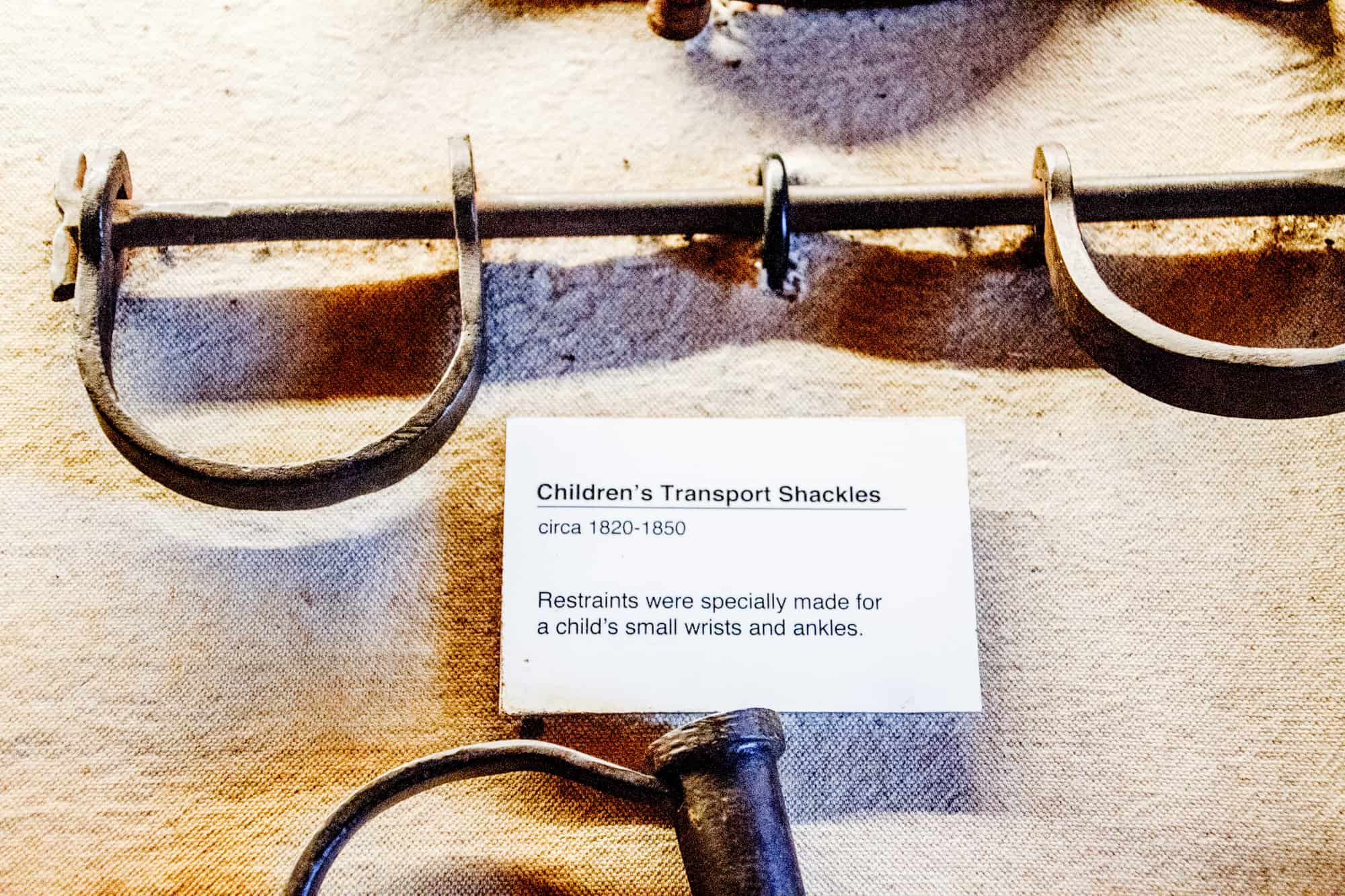
Final Thoughts
Dark tourism shines a light on unavoidable scars. It allows access to real life events that already took place. We cannot erase atrocities by ignoring them. And in learning about them, we can pay our respects and hope that they will never happen again.
When viewed like this, the question changes. Is dark tourism ethical? I’d say it’s essential.
How to Visit Dark Tourism Sites Responsibly
- Pay attention to the stories of people who suffered here.
- Behave as you would at a funeral and pay your respects.
- Take an ethical tour.
- Be mindful of other people visiting and keep your voice down.
- Obviously, don’t take anything or draw on anything.
- Question why you are going at all.
Time to Think Twice?
I am no authority on whether or not these places are ethical and I’m not sure who can be. But these are the dark tourism sites that made me feel uncomfortable for all the wrong reasons…And these are, of course, only my opinions.
- The London Dungeon – graphic depiction of torture and serial killers with a view to entertain rather than inform.
- Jack the Ripper fascination – real women were murdered in a brutal fashion. It’s not a Cluedo game.
- The Tower of London – it feels strange to sip cocktails on an execution site.
- Township tours – I have been on some incredibly respectful and educational tours. And some which were not. Research thoroughly.
- Orphanage visits – are these really in the best interests of the traumatised children living there?
More On Sustainable Travel
- How to be a responsible tourist
- 9 powerful benefits of sustainable tourism (and why you should care)
- The unmistakable emotional meaning of home
- Have we got it wrong about marking historical milestones?
- The importance of doing nothing
- How to find the most ethical travel destinations
- 15 sustainable beach tips for your next trip to the sea
